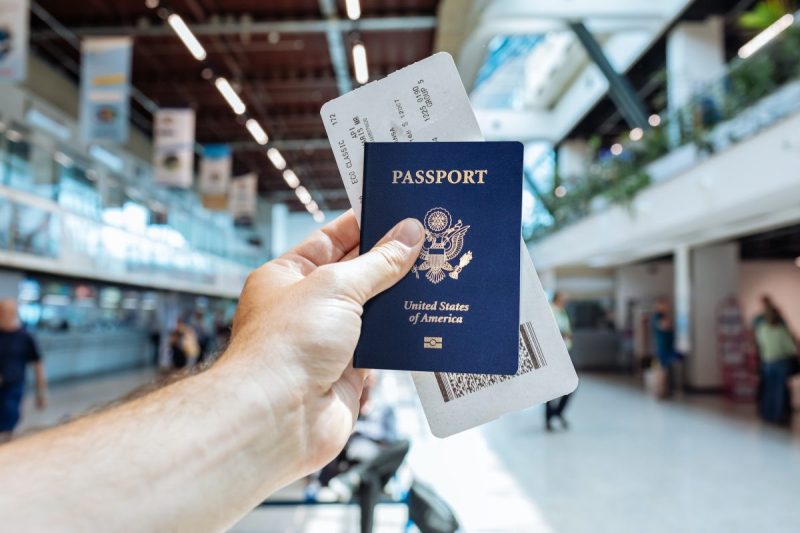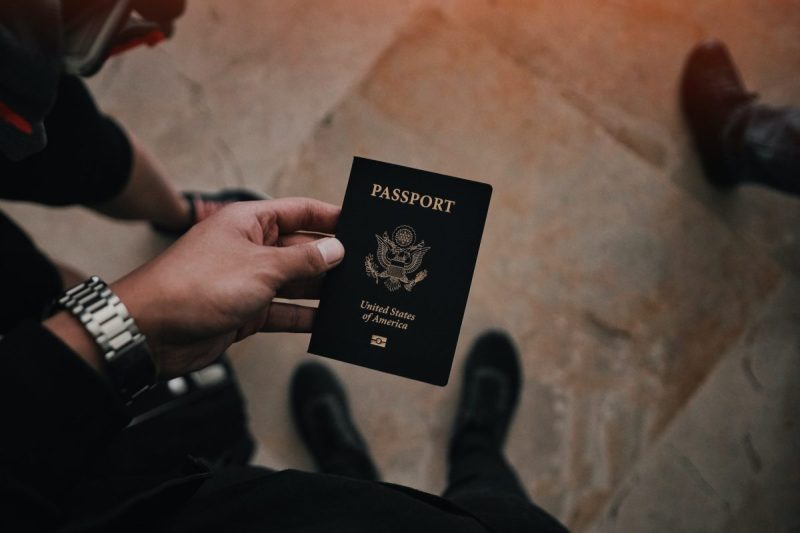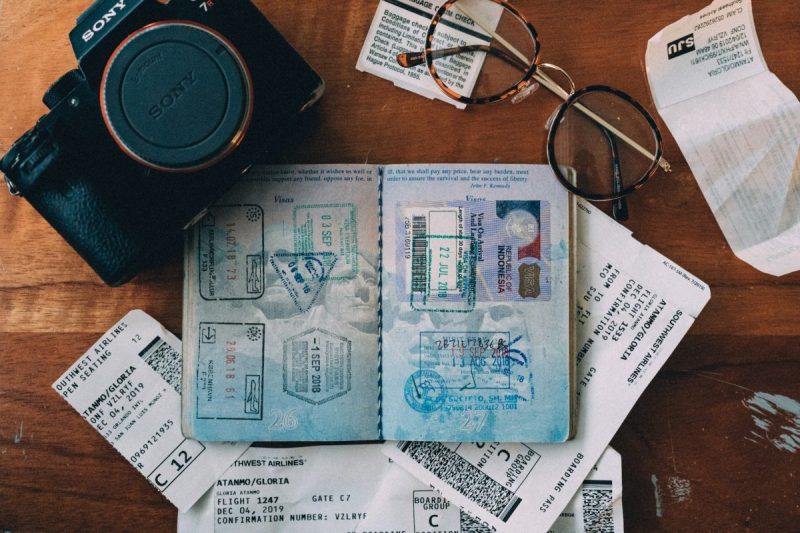
Which countries you could get into with your U.S. passport used to be something you never had to worry about. If you had a passport from the U.S., it seemed like almost no country was off limits, and you wouldn’t need to double-check your travel plans. But beginning in 2014, the U.S. passport started to lose some of its star power. Here’s where the Henley Index (which ranks passport strength) dropped the U.S. passport on their latest updated list.

Why passport strength matters
- Higher strength allows you to go to other countries without needing a tourist Visa.
- You can stay for a longer time.
- You likely won’t have to provide additional documentation.
Holders of stronger passports are able to enjoy quite a few perks that make traveling much easier. Basically, all you have to do is buy your ticket and go. Weaker passports could cost you additional money paying fees, having to prove you have the money to visit, and you could even have to turn over an itinerary before entering the country. That’s too much homework to take a vacation to get away from work.
The stronger your passport, the less hassle you’ll have entering and leaving where you visit. You’ll have fewer steps before you travel and will be able to plan longer trips to get the full experience in.

Where the U.S. ranks these days
- The U.S. passport checks in at number 7 on the passport index, with 185 destinations to visit visa-free.
- The U.S. used to hold the top spot with the U.K. in 2014.
- The U.S. has only added about a dozen destinations to its visa-free list since 2013.
The Henley Passport Index ranks passports according to data from the International Air Transport Association (IATA). Up until a decade ago, the U.S. used to have one of the strongest passports in the world. But in the last few years, it’s slid all the way down to the seventh most powerful booklet to hold. This is due to places like Singapore and the UAE adding massive numbers to their visa-free scores.
For comparison, while the U.S. has added about a dozen visa-free destinations in the past decade, Singapore has added double that in the same time period. Of course, there has been some upward mobility — a month or so ago, the U.S. was in the eighth spot, with only 184 countries its passport holders could visit without a visa.
Greg Lindsay, leading global strategist and urban tech fellow at Cornell Tech’s Jacobs Institute, noted in Henley’s Global Mobility Report 2023 Q3, “The story is a simple one — by more or less standing still, the U.S. has fallen behind. While its absolute score has, in fact, risen over the last decade, the U.S. has been steadily overtaken by rivals such as South Korea, Japan, and Singapore.”
Of course, none of this is to say that the U.S. passport isn’t still pretty strong — 185 out of 227 possible countries is nothing to scoff at. And, generally speaking, the trend has been toward greater travel freedom for passport holders from all countries: In 2006, the average number of destinations travelers could visit visa-free was 58; today, it’s 109.
If you are one of the 22 million Americans who managed to get a passport in 2022, you joined the 56% of U.S. adults who hold one. While a U.S. passport is still an amazing thing to have and will get you into more countries than you’ll probably ever see in your life, it’s no longer the top dog in the passport room, and could fall even further behind.



